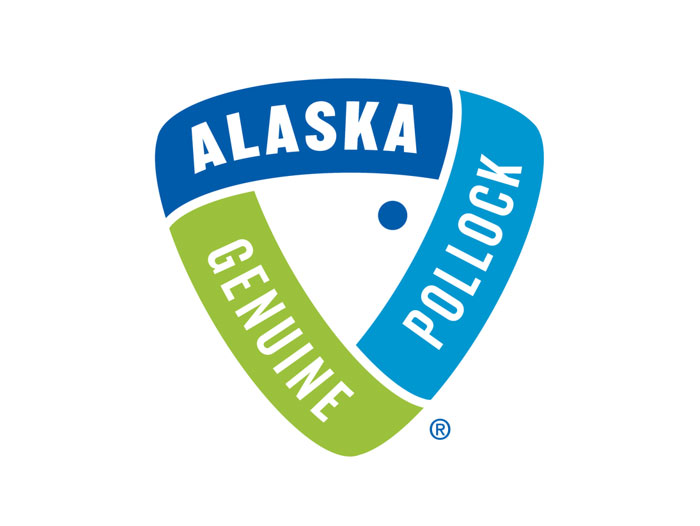Data Indicates 2020 Recorded the Highest Percentage of Pollock Consumed by Americans Being of U.S. Origin and Eligible to be Marketed as Wild Alaska Pollock
March 1, 2021 | 2 min to read

SEATTLE, Wash.—In the U.S., only Pollock caught in Alaska can be marketed as Wild Alaska Pollock and the Association of Genuine Alaska Pollock Producers (GAPP) has worked to build consumer demand for the domestically caught fish. Based on GAPP’s analysis of 2020 production and trade data, it is clear that Americans are increasingly looking for their Pollock to be Wild Alaska Pollock with a record 61 percent of all Pollock fillets consumed domestically last year being of U.S. origin, GAPP announced today. That represents a 2 percentage point increase over the previous record of 59 percent in 2019.
“Despite last year’s challenges related to an unpredictable global pandemic, the bright spot was that Wild Alaska Pollock was perfectly positioned where consumers were and that Wild Alaska Pollock was the brand that most consumers looked for in their Pollock purchases,” said Craig Morris, GAPP CEO. “We’re continuing to see consumer awareness about Wild Alaska Pollock’s attributes increase and consumers are clearly ‘voting with their wallets,’ in choosing Alaska-origin Wild Alaska Pollock products over other options.”
This data supports year over year nationwide quantitative consumer research GAPP performed in 2020 that showed that awareness about Wild Alaska Pollock and its story continued to be on the rise, with an additional 10 million U.S. consumers, fully 55% of Americans, knowing the Wild Alaska Pollock name and its attributes—“an unmatched sustainability story, checks all the nutrition boxes, leans in with a mild taste, and that every fish is wild-caught in Alaska”—than in 2019. GAPP and its members and strategic partners have worked hard to adhere to tested messages contained in the GAPP Wild Alaska Pollock messaging toolkit in order to build the brand for Wild Alaska Pollock here in the U.S. and clearly that brand is building market share.
Separately, GAPP’s analysis also shows that Americans ate more surimi seafood last year with U.S. caught Wild Alaska Pollock surimi seafood accounting for the 1 percent jump in overall surimi seafood per capita consumption Americans enjoyed last year.
As expected, overall Pollock consumption by Americans was down in 2020 due to reduced imports of Pollock as well as a smaller catch of our domestic Wild Alaska Pollock. But, while this overall domestic consumption declined by 11% in 2020 to 0.873 pounds per person from 2019 levels of 0.983 pounds per person, the overall U.S. per capita consumption of Pollock was still well above 2018’s level of 0.717 pounds per person.
“The decline in the amount Wild Alaska Pollock consumed by Americans in 2020 from 2019 is, in part, a reflection of our fishery being a sustainably managed wild-caught fishery that only harvest what the fishery can sustain,” added Morris. “Despite this slight decline in 2020, the jump in the percentage of domestically-caught fish makes it clear that U.S. consumers are trying, loving, and gravitating towards our Wild Alaska Pollock like never before.”
